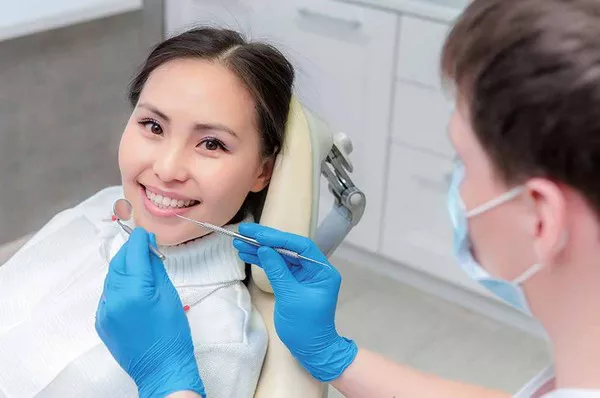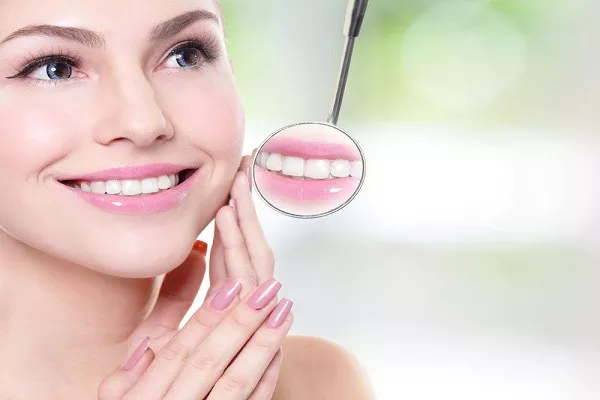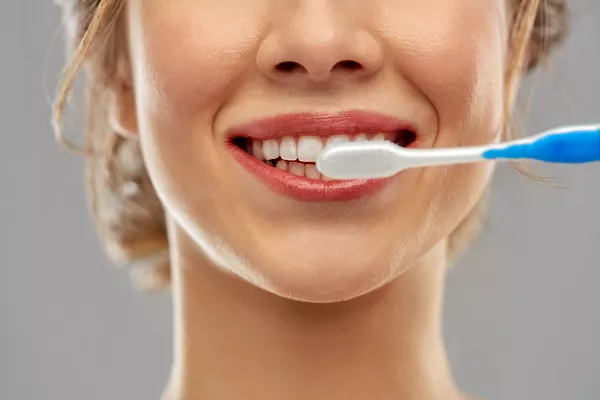The pursuit of a brighter, whiter smile has led to the development of various teeth whitening technologies and techniques. One such method that has gained attention is the use of blue UV light in conjunction with whitening agents. But does blue UV light truly whiten teeth, and how does it work? In this comprehensive exploration, we will delve into the science behind blue UV light, its role in teeth whitening procedures, potential benefits, and considerations for those seeking a luminous, radiant smile.
Understanding the Basics of Teeth Whitening:
Teeth whitening is a cosmetic dental procedure designed to lighten the shade of the teeth, reducing discoloration and stains. The process involves the use of bleaching agents, typically containing hydrogen peroxide or carbamide peroxide, to break down and eliminate stains on the enamel and dentin of the teeth.
While various whitening methods exist, the combination of whitening agents and blue UV light has gained popularity for its purported ability to enhance and expedite the whitening process.
The Role of Blue UV Light in Teeth Whitening:
Blue UV light, specifically in the wavelength range of 480 to 520 nanometers, is often employed in teeth whitening procedures. This type of light falls within the visible light spectrum and is characterized by its ability to activate certain chemical reactions, particularly those involving hydrogen peroxide, a common component in many teeth whitening agents.
The process typically involves the following steps:
Application of Whitening Agent: A whitening gel or solution containing hydrogen peroxide is applied to the teeth. This can be in the form of a gel applied directly to the teeth or as part of a whitening strip or tray.
Activation by Blue UV Light: The blue UV light is then directed at the treated teeth. The specific wavelength of the light activates the hydrogen peroxide, leading to the release of oxygen molecules.
Oxygen Release and Stain Breakdown: The oxygen molecules released during the activation process penetrate the enamel and dentin of the teeth. They react with the molecules that cause stains and discoloration, breaking them down and rendering them colorless.
Whitening Effect: As a result of this chemical reaction, the teeth appear whiter and brighter. The extent of whitening varies depending on factors such as the concentration of the whitening agent, the duration of the treatment, and individual factors like the initial tooth color.
Key Considerations in Blue UV Light Teeth Whitening:
While the use of blue UV light in teeth whitening has shown promise, it’s essential to consider various factors and potential implications:
1. Effectiveness of Activation:
The effectiveness of blue UV light in activating whitening agents depends on factors such as the concentration of the agent and the duration of exposure. Higher concentrations and longer exposure times often result in more pronounced whitening effects.
2. Safety Considerations:
Blue UV light is generally considered safe when used in controlled, professional settings. However, prolonged or excessive exposure can lead to tooth sensitivity and gum irritation. It’s crucial to follow recommended guidelines and seek professional guidance.
3. Professional vs. At-Home Use:
Blue UV light is frequently used in professional dental settings during in-office teeth whitening procedures. Some at-home whitening kits also include blue light devices for activation. Professional supervision ensures proper application and reduces the risk of adverse effects.
4. Individual Variability:
The response to teeth whitening, including the use of blue UV light, varies among individuals. Factors such as the thickness of enamel, the presence of dental restorations, and individual susceptibility to sensitivity can influence outcomes.
5. Maintenance and Longevity:
The longevity of teeth whitening results, whether achieved with blue UV light or other methods, depends on lifestyle factors, oral hygiene practices, and dietary choices. Regular maintenance and touch-up treatments may be recommended to prolong the effects.
Potential Benefits of Blue UV Light Teeth Whitening:
The integration of blue UV light into teeth whitening procedures offers several potential benefits:
1. Accelerated Whitening Process:
Blue UV light is believed to accelerate the whitening process by enhancing the activation of whitening agents. This can lead to more efficient stain breakdown and faster results compared to treatments without light activation.
2. Targeted Activation:
The specific wavelength of blue UV light targets the activation of hydrogen peroxide, minimizing the risk of activating other chemical reactions that could compromise tooth structure.
3. Enhanced Penetration:
The activation process facilitated by blue UV light allows the whitening agent to penetrate deeper into the tooth structure, addressing stains that may be more challenging to reach with topical applications alone.
4. Reduced Sensitivity:
Some studies suggest that the use of blue UV light may reduce tooth sensitivity associated with teeth whitening. By promoting more controlled activation of the whitening agent, the risk of sensitivity may be mitigated.
5. Improved Aesthetics:
The combination of blue UV light and whitening agents often results in a visibly brighter and more aesthetically pleasing smile. This can contribute to increased confidence and satisfaction with one’s appearance.
Maintenance Strategies for Prolonged Effects:
Achieving a whiter smile through the use of blue UV light doesn’t guarantee permanent results. To maintain the effects and promote prolonged whitening, individuals can implement the following strategies:
1. Adopt a Consistent Oral Hygiene Routine:
Brush teeth regularly with fluoride toothpaste and floss daily to prevent the buildup of surface stains.
2. Limit Stain-Inducing Habits:
Reduce the consumption of stain-inducing beverages such as coffee, tea, red wine, and dark-colored sodas.
3. Use Whitening Toothpaste:
Incorporate a whitening toothpaste into the oral hygiene routine to help maintain and enhance the effects of teeth whitening.
4. Seek Professional Guidance:
Consult with a dentist for professional advice on maintaining whitening results. Dentists can recommend appropriate products and procedures tailored to individual needs.
5. Consider Touch-Up Treatments:
Periodically use at-home whitening products or consider professional touch-up treatments to address any gradual fading of whitening effects.
Conclusion: Balancing Brilliance and Oral Health
The use of blue UV light in teeth whitening procedures adds an innovative dimension to the quest for a brighter smile. While the activation of whitening agents by blue light holds promise for accelerated and efficient stain removal, it’s crucial to approach teeth whitening with a balanced perspective.
Individual responses to whitening methods vary, and considerations such as safety, effectiveness, and long-term maintenance should guide decisions. Seeking professional guidance, understanding the science behind blue UV light activation, and adopting a comprehensive approach to oral care contribute to achieving and preserving a radiant, confident smile.
In the dynamic realm of cosmetic dentistry, the integration of technologies like blue UV light reflects ongoing advancements in enhancing dental aesthetics. As individuals embark on the journey toward a brighter smile, informed choices and a commitment to oral health will illuminate the path to lasting brilliance.
Related Topics:
Is uv light teeth whitening safe?
Can you leave tooth whitening gel on your teeth overnight?
Is teeth whitening with led light safe





























